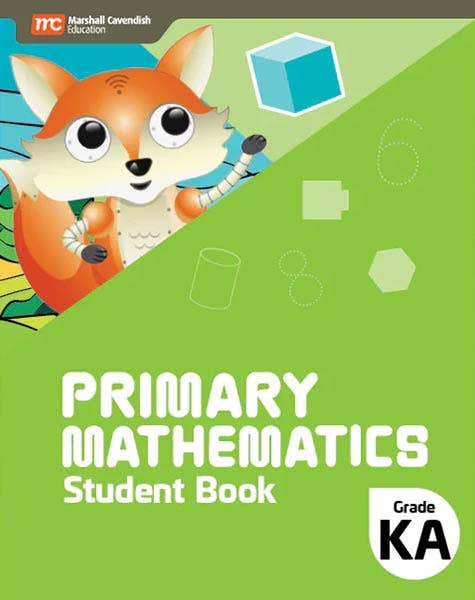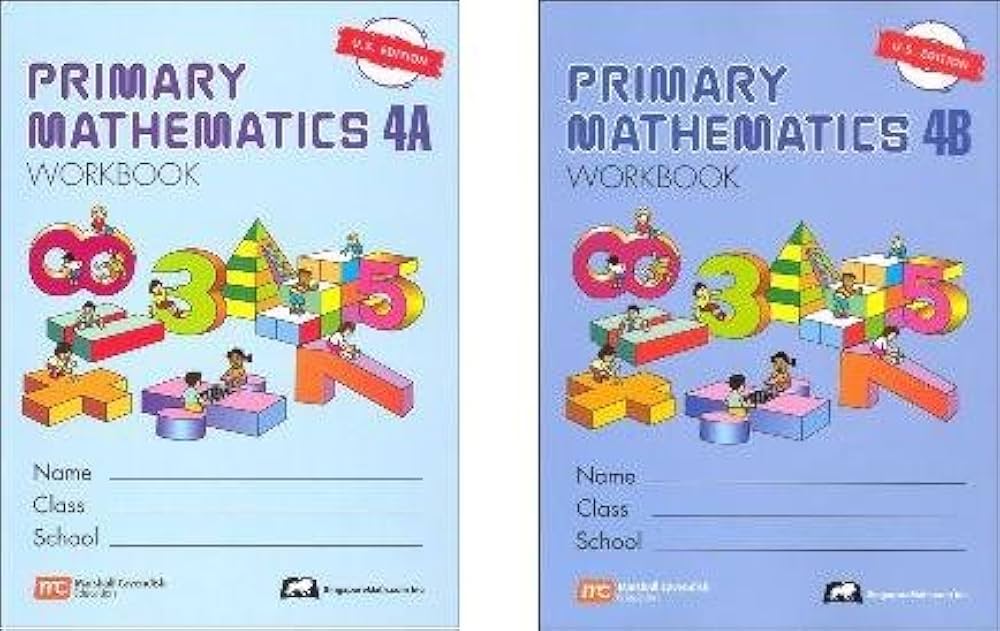Revealing the most effective Faster Ways for Fixing Mathematics Issues Swiftly
In the domain name of mathematics, performance is essential. Understanding shortcuts can transform the method people come close to problems. From leveraging the distributive residential or commercial property to utilizing fast multiplication techniques, these techniques improve both speed and accuracy. Furthermore, recognizing patterns simplifies intricate computations. As one checks out these methods, they may discover surprising understandings that can alter their mathematical experience. What are one of the most reliable techniques that can be quickly integrated into everyday technique?
Grasping Psychological Math Techniques
Just how can one enhance their computation rate without counting on calculators? Mastering psychological mathematics techniques supplies a useful option. By employing methods such as damaging numbers into smaller, manageable parts, individuals can streamline complex estimations. For circumstances, when adding two-digit numbers, rounding each number to the nearest ten can make psychological enhancement simpler before readjusting back to the initial values.
One more reliable technique is to exercise reproduction tables completely, making it possible for quick recall of items (struggles in primary math). Additionally, recognizing patterns in numbers can promote much faster computations, such as using the homes of also and odd numbers. Regular practice through puzzles and video games can better improve these skills, making mental math extra intuitive
Eventually, growing confidence in one's math capacities permits for quicker decision-making and enhances total mathematical proficiency. By integrating these methods, any individual can significantly improve their estimation rate.
Utilizing the Distributive Home
The Distributive Building is a fundamental principle in mathematics that simplifies computations by enabling multiplication across enhancement or reduction. It is necessary for trainees to comprehend its application through practical instances, which can boost their analytic skills. Furthermore, identifying typical blunders can further solidify their understanding and avoid errors in future estimations.
Comprehending the Distributive Property
Grasping the distributive home can considerably simplify mathematical computations. This basic building states that when increasing a solitary term by an amount or difference, one can disperse the multiplication across each term within the parentheses. In the expression a(b + c), one can revise it as abdominal + a/c. This technique not only simplifies calculations but additionally improves understanding of how numbers interact (struggles in primary math). The distributive residential property is particularly beneficial in algebra, where it assists in simplifying expressions and resolving equations. In addition, it prepares for a lot more intricate concepts, such as factoring and polynomial procedures. By grasping the distributive building, pupils can develop a strong structure for taking on a large range of mathematical challenges effectively
Practical Instances Illustrated
Why is it essential to apply the distributive property in functional scenarios? The distributive home enables people to simplify complex calculations, making analytic a lot more effective. For example, when calculating the overall price of several things, one can use the expression 5(2 + 3) to discover the complete price of 5 items valued at $2 and $3. By distributing, the estimation becomes 5 × 2 + 5 × 3, yielding a quicker outcome of $25. An additional example is in algebra, where simplifying expressions like 3(x + 4) can be attained through circulation, causing 3x + 12. Such applications show the performance of this home in various real-world circumstances, boosting both rate and accuracy in mathematical analytic.
Usual Errors to Avoid
Although the distributive residential or commercial property is an effective tool in mathematics, common mistakes can result in incorrect outcomes. One frequent error happens when students forget to disperse the coefficient to every term within parentheses. In the expression 3(x + 4), stopping working to apply the building correctly can lead to leaving out the multiplication, yielding an inaccurate response. One more blunder involves misapplying the building by including rather than increasing, especially when negative signs are included. In addition, pupils might overlook to streamline the result, which can odd errors made during distribution. Acknowledging and avoiding these risks can enhance problem-solving effectiveness and accuracy when using the distributive residential or commercial property in numerous mathematical contexts.
Quick Reproduction Shortcuts
In the domain name of quick multiplication faster ways, strategies like multiplying by powers of 10 and the increasing and halving approach attract attention. These approaches can significantly simplify estimations, making them extra obtainable. Comprehending these shortcuts can boost efficiency in mathematical problem-solving.
Multiplying by Powers of 10
When multiplying by powers of 10, the procedure ends up being remarkably straightforward, as the procedure primarily involves moving the decimal point. For instance, multiplying a number by 10 calls for moving the decimal one location to the right, while increasing by 100 demands a shift of two locations. This simpleness includes bigger powers, where each additional absolutely no indicates another decimal shift. Increasing 5.6 by 1,000 results in 5,600. This method greatly boosts rate and precision, as people can promptly imagine the outcome without complicated estimations. Such efficiency is especially advantageous in click now mental mathematics or when time is restricted, enabling rapid problem-solving in numerous mathematical contexts. Grasping this strategy is essential for any person intending to boost their arithmetic skills.
Doubling and Halving Method
The Doubling and Cutting in half Technique provides an effective approach for quick reproduction, especially when handling also numbers. This strategy includes transforming a multiplication issue right into a simpler kind by either increasing one of the numbers and cutting in half the other. To compute 16 × 25, one can cut in half 16 to get 8 and dual 25 to obtain 50, resulting in 8 × 50, which equates to 400 (struggles in primary math). This technique simplifies calculations, making them more convenient. It is specifically useful in mental mathematics, enabling people to overcome issues swiftly and properly. By leveraging this technique, experts and trainees can improve their mathematical dexterity, therefore enhancing general performance in mathematical jobs

Efficient Division Methods
Department often postures challenges for many students, employing efficient approaches can greatly streamline the procedure. One reliable approach is making use of suitable numbers, which entails rounding the divisor and dividend to less complicated values that are close to the initial numbers. This technique makes mental computations much more workable. An additional strategy is the estimation strategy, where learners can discover a rough response before executing the exact division, providing a useful benchmark for precision.
Additionally, the lengthy department strategy continues to be a staple for separating bigger numbers. By damaging the process into smaller, more absorbable steps, students can preserve clarity. The repeated subtraction technique can additionally be handy, especially for those that battle with even more abstract principles. By systematically deducting the divisor from the reward, individuals can visualize the procedure. Generally, these methods can boost division abilities, causing quicker and a lot more precise analytical capabilities.
Quick Addition and Subtraction Techniques
Just how can students improve their rate and precision on top of that and subtraction? One efficient method is to use mental math techniques, such as damaging numbers right into smaller, extra convenient parts. For instance, when adding 47 and 36, one can initially add 40 and 30 to obtain 70, after that add the remaining 7 and 6 to get to 83. This strategy simplifies calculations and reduces mistakes.
Another technique entails making use of the number line for aesthetic learners, aiding them to see the partnerships between numbers and improve their comprehension. Furthermore, exercising with devices like flashcards can strengthen fast recall of basic amounts and distinctions.
Students can benefit from familiarizing themselves with benchmark numbers, such as rounding to the nearest 10, which enables for quicker estimations. By incorporating these methods into their technique, students can greatly enhance their rate and precision in standard arithmetic operations.
Leveraging Evaluation for Quick Calculations
Evaluation functions as a powerful tool for boosting estimation rate, enhancing mental mathematics strategies properly. By rounding numbers to their nearest whole values, individuals can streamline complex computations, making it easier to reach an approximate have a peek here result promptly. When encountered with an issue like 198 + 267, rounding to 200 + 270 returns a quick price quote of 470, enabling the solver to analyze the accuracy of the final response.
In addition, estimation is especially valuable in scenarios involving multiplication and division. By rounding variables to easier numbers, one can quickly evaluate approximate items or quotients. This method not only conserves time however likewise aids in recognizing prospective errors in computations.
Recognizing Patterns and Solutions
Patterns and formulas are necessary tools in maths that enable people to fix troubles a lot more effectively. Acknowledging these patterns enables learners to recognize partnerships in between numbers and concepts, which can streamline complicated estimations. For circumstances, acknowledging the square formula (ax ^ 2 + bx + c = 0) promotes quick remedies to different equations.
Patterns in sequences, such as math or geometric developments, aid people anticipate future terms without extensive calculations. Solutions, on the various other hand, offer as faster ways, enabling faster analytic by encapsulating intricate connections into workable expressions.
Regularly Asked Concerns
Just How Can I Improve My Focus While Solving Math Problems Promptly?
To enhance focus while solving mathematics issues quickly, one can remove disturbances, established certain objectives, practice mindfulness techniques, take regular breaks, and keep a consistent study routine to enhance focus and psychological quality.
What Tools or Apps Assist with Quick Mathematics Problem-Solving?
Various devices and applications, such as Photomath, Microsoft Mathematics Solver, and Desmos, boost quick advice math analytical. These sources use detailed options, graphing capabilities, and instant comments, making them useful for professionals and trainees alike.
Are There Specific Mathematics Shortcuts for Standardized Examinations?
Yes, details math faster ways for standardized examinations include techniques like evaluation, comprehending number residential properties, utilizing the procedure of elimination, and understanding typical solutions. These approaches boost rate and precision, improving general examination performance.

Just how Do I Practice Mathematics Shortcuts Effectively?
To exercise mathematics faster ways effectively, people must routinely resolve varied troubles, make use of on-line sources, and participate in timed drills. Uniformity and reflection on mistakes enhance understanding, ultimately resulting in improved rate and precision in computations.
Can Shortcuts Be Applied to Intricate Mathematics Issues?
Faster ways can indeed be put on intricate mathematics troubles, although their performance varies. Proficiency of foundational ideas and tactical reasoning makes it possible for individuals to simplify processes, making it much easier to deal with intricate computations efficiently.
By using techniques such as damaging numbers right into smaller, workable components, individuals can simplify complicated estimations. Furthermore, identifying patterns in numbers can assist in much faster estimations, such as utilizing the residential or commercial properties of even and strange numbers. Evaluation offers as a powerful tool for boosting calculation speed, enhancing mental mathematics techniques efficiently. By rounding numbers to their nearest entire values, people can streamline complex calculations, making it less complicated to get here at an approximate outcome rapidly. Identifying these patterns allows students to determine relationships between ideas and numbers, which can simplify complicated computations.